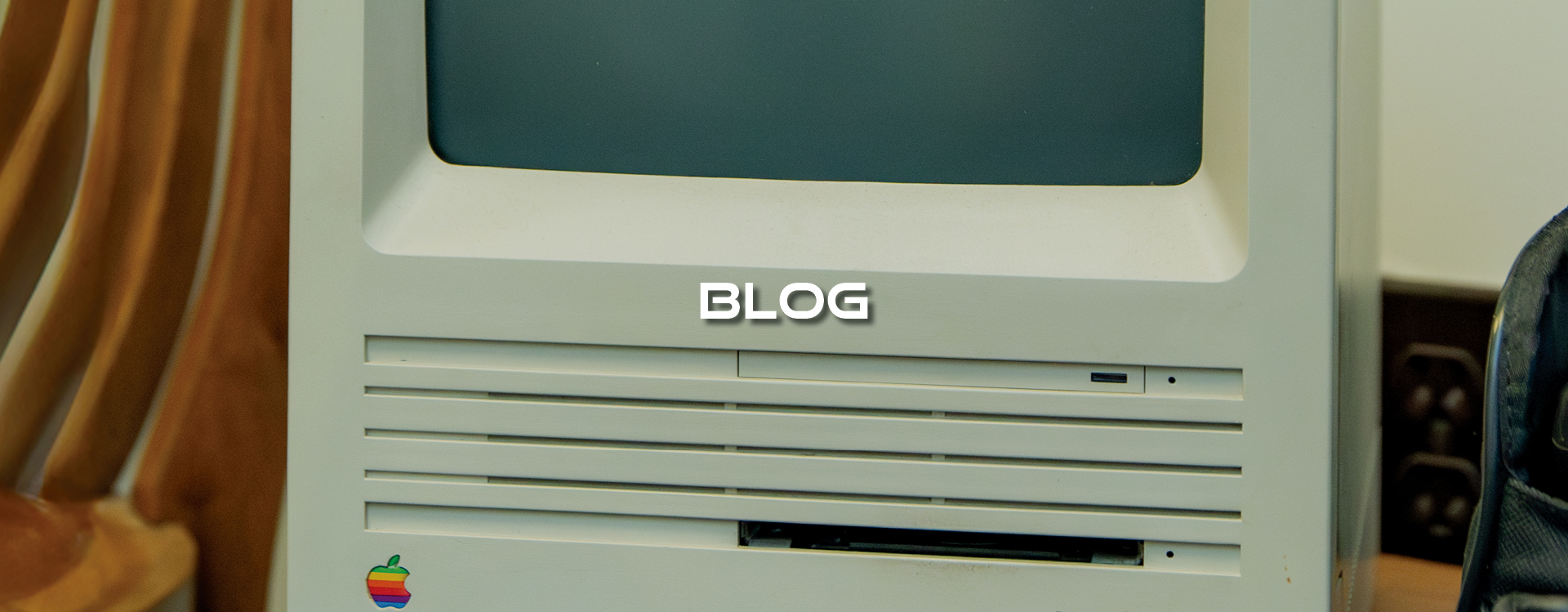As we near the one-year anniversary of Hurricane Helene’s devastating impact on Augusta, we reflect on a storm that left an indelible mark on our community. Helene was a catastrophic event, claiming lives and causing widespread destruction. Our hearts remain with the families who lost loved ones, and we continue to rebuild together.
The recovery period has been a whirlwind of activity, but I jotted down a few lessons learned along the way. If you run a business or are preparing for future disruptions, I hope these insights help you strengthen your disaster recovery planning.
- Prioritize Family and Safety First
In the wake of a major disaster, your business takes a backseat. Your immediate focus should be ensuring the safety of your family, friends, employees, and loved ones. Once the immediate danger has passed, shift your attention to securing essentials: food, shelter, fuel, and communication. Surprisingly (to me at least), reliable communication proved critical—more on that later. - The Strength of Community
I’ve never witnessed a community unite like Augusta did after Helene. In the days following the storm, neighbors shared food, fuel, and resources selflessly. If you face a similar crisis, lean on your community. Collaboration and resource-sharing are vital for getting through tough times. - Securing Supply Lines
Major disasters deplete resources rapidly. Grocery stores empty within hours, and gas stations shut down just as quickly. Before a crisis hits, plan how you’ll access food and fuel when stores are unavailable. Connect with friends or family outside the affected area who can deliver supplies or offer temporary shelter. If that’s not an option, rely on your community network. To fill the gaps, employers and business owners should join with churches and government to help those in need. - Restoring Internet Connectivity
Once your family is safe and supply lines are established, focus on your business. Most modern businesses rely on email or hosted phone services, making Internet access critical. While cellular service can be unreliable during disasters, a satellite-based system like Starlink can provide robust connectivity for both business and personal needs, including streaming services. - Activating Emergency Operations
With Internet restored, you can begin emergency operations. A well-documented Disaster Recovery (DR) plan is essential. Your DR plan should outline various scenarios and detail how to maintain operations during each. While we hope to never face a disaster as severe as Helene again, a solid DR plan prepares you for smaller disruptions too. - Navigating Power Restoration
When power returns, it’s tempting to assume the crisis is over. However, restoring power can reveal hidden issues. Electronic and computer systems may have sustained damage that only becomes apparent when powered on. Internet connectivity may also falter as systems restart. Exercise patience as technicians work to ensure these systems are fully operational. - Leveraging Monitoring Systems
Businesses with robust monitoring systems have a significant advantage during recovery. Effective monitoring helps identify and resolve issues quickly, streamlining the return to normal operations and preventing minor problems from escalating.
Conclusion
Disaster recovery is a complex and challenging process, but with preparation and community support, we can overcome the challenge. The lessons from Hurricane Helene can guide you in building a stronger DR plan for future disruptions, big or small. If you need assistance or a word of encouragement, don’t hesitate to reach out—we’re all in this together.

